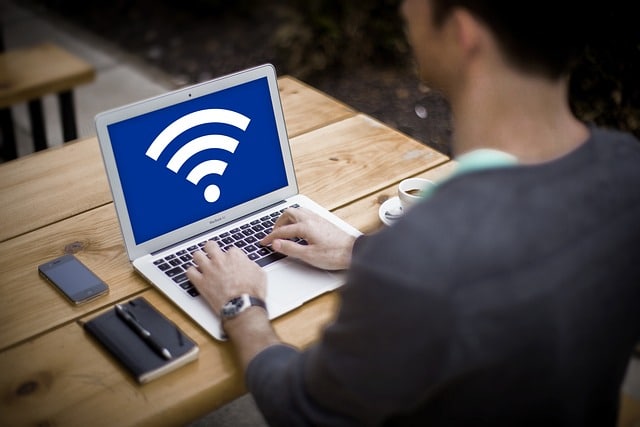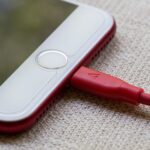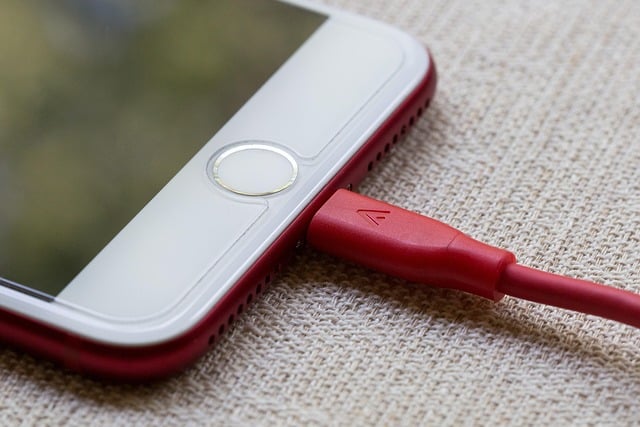In today’s hyper-connected world, our smartphones do it all from working remotely to binge-watching our favorite shows on the go. But as we become more dependent on our devices, it’s natural to wonder: Can someone hack your phone through a hotspot?
Whether you’re sharing your mobile data or using public Wi-Fi, understanding how hotspots work and how hackers can exploit them is critical to protecting your data and privacy. In this comprehensive guide, we’ll break down the real risks of using mobile hotspots, how hackers try to gain access, and the practical steps you can take to stay safe.
What Is a Hotspot, and How Does It Work?
A hotspot is essentially a Wi-Fi access point that lets other devices connect to the internet. There are two main types:
- Public hotspots – found in places like airports, cafés, or hotels.
- Mobile hotspots – created by your phone to share its cellular internet with other devices.
If you’ve ever turned on the “Personal Hotspot” setting on your iPhone or Android, you’ve created a mobile Wi-Fi network. Devices nearby can connect to it just like they would to a home router—if they have the password.
While this feature is incredibly convenient, especially when you’re on the go, it can also become a security risk if not set up properly.
Can Hackers Actually Access Your Phone Through a Hotspot?
Let’s get to the point: Yes, in theory, someone can hack your phone through a hotspot connection—but it’s not easy if your settings are secure.
Here’s why:
- When you turn on your mobile hotspot, you’re creating a shared network.
- Devices on the same network can potentially communicate with each other.
- If a hacker connects to your hotspot, they’re already one step closer to your phone and its data.
Fortunately, modern smartphones have robust security features in place to prevent most unauthorized access. But as with any technology, those protections can be bypassed—especially if your security settings are weak or outdated.
So, while it’s unlikely that your phone will be hacked simply by enabling your hotspot, the risk increases if you’re careless about how you manage that connection.

Understanding the Main Risks of Using a Mobile Hotspot
Using your phone as a hotspot isn’t inherently unsafe but it does come with potential vulnerabilities, especially when you’re not following security best practices.
1. Weak or No Password Protection
The most common hotspot mistake? No password at all. An unsecured hotspot is like leaving your front door wide open. Anyone nearby can connect and potentially snoop, steal, or exploit.
2. Outdated Firmware
Like any tech device, your phone’s hotspot software and firmware may contain vulnerabilities that can be patched by updates. If you’re not regularly updating your phone, hackers may exploit these weaknesses.
3. Malware & Viruses
If an attacker gets on your network, they can try to infect your device with malware. Even if your phone resists the attack, other connected devices like your laptop may be more vulnerable.
4. Network Spoofing
Some hackers set up fake Wi-Fi networks that mimic trusted hotspots. If you connect to a spoofed network thinking it’s your own, the hacker can intercept your data.
Secured vs. Unsecured Networks: Why It Matters
The most important factor in hotspot security is whether your network is secured or unsecured.
Secured Hotspot
- Protected by a strong password
- Uses WPA2 or WPA3 encryption
- Only users with credentials can join
This makes it much harder for hackers to even get on your network, let alone target your phone.
Unsecured Hotspot
- No password required
- Anyone nearby can connect
- Exposes you to data theft, malware, and bandwidth abuse
Even if a hacker doesn’t try to access your device directly, they could still steal your data, snoop on your traffic, or slow down your connection.
Bottom line: Always set a strong password and never leave your hotspot unsecured.
How Hackers Might Try to Exploit Your Hotspot
If a hacker does gain access to your hotspot, here are a few ways they might try to use it:
- Guessing weak passwords or using common defaults
- Sniffing network traffic to intercept login details or personal info
- Spreading malware to other devices on the same network
- Piggybacking on your data plan to perform illegal activities
- Launching man-in-the-middle (MITM) attacks
But remember, these risks are significantly minimized when you take the right precautions—starting with the four steps below.
How to Protect Your Mobile Hotspot (4 Must-Do Tips)
1. Set a Strong, Unique Password
This is your first and most important line of defense. Avoid easy-to-guess passwords like “123456” or “mypassword.” Use a combination of:
- Upper and lowercase letters
- Numbers
- Special characters
Aim for at least 12 characters, and avoid using words or phrases related to your name, phone, or location.
Example:
W!Fi4Me_Only2024!is far stronger thanHotspot123.
2. Rename (or Hide) Your SSID
Your SSID is your hotspot’s name. Many phones default to names like “John’s iPhone” or “AndroidAP_1234.” These are easy targets.
- Rename your hotspot to something unique and obscure
- Even better: hide your SSID so only people who know it can connect
This adds a stealth layer to your network. Hackers can’t attack what they can’t find.
3. Use WPA2 or WPA3 Encryption
Always make sure your hotspot is using WPA2 or WPA3 encryption, which scrambles your data and makes it unreadable to outsiders.
Most phones default to WPA2, but double-check your settings. Never use outdated protocols like WEP, which are easy to crack.
4. Use Extra Protection (VPNs & Security Apps)
- A VPN (Virtual Private Network) encrypts your internet traffic, even on public or mobile hotspots.
- Firewall apps can help block unauthorized access.
- Antivirus software keeps an eye out for malware trying to sneak in.
These tools add extra layers of security especially useful if you’re using your hotspot for work or banking.
Bonus: Secure Hotspot Best Practices
In addition to the must-do tips above, here are a few more ways to safeguard your hotspot and your phone:
- Update your phone’s software regularly
- Only share your hotspot with people you trust
- Turn off your hotspot when you’re not using it
- Avoid sensitive transactions (like banking) on public Wi-Fi
- Use HTTPS websites when browsing (look for the padlock in the address bar)
Can Public Hotspots Hack Your Phone?
This is worth touching on: just because you’re not using your own hotspot doesn’t mean you’re safe. Public Wi-Fi networks are often unsecured and prime targets for cyberattacks.
Avoid doing anything sensitive on public Wi-Fi unless you’re protected by a VPN and strong security measures.
If you’re setting up your own mobile hotspot, you’re in a much safer position as long as you follow the best practices outlined above.
Final Thoughts: So, Can Someone Hack Your Phone Through a Hotspot?
Yes, it’s technically possible but only if you’re not careful.
With strong passwords, encrypted connections, updated software, and a little common sense, your phone’s hotspot can be a safe and reliable way to stay connected.
Think of your hotspot like the front door to your digital home: lock it, hide the keys, and stay vigilant.
By taking the time to secure your mobile hotspot, you’re not only protecting your phone but everything connected to it.












